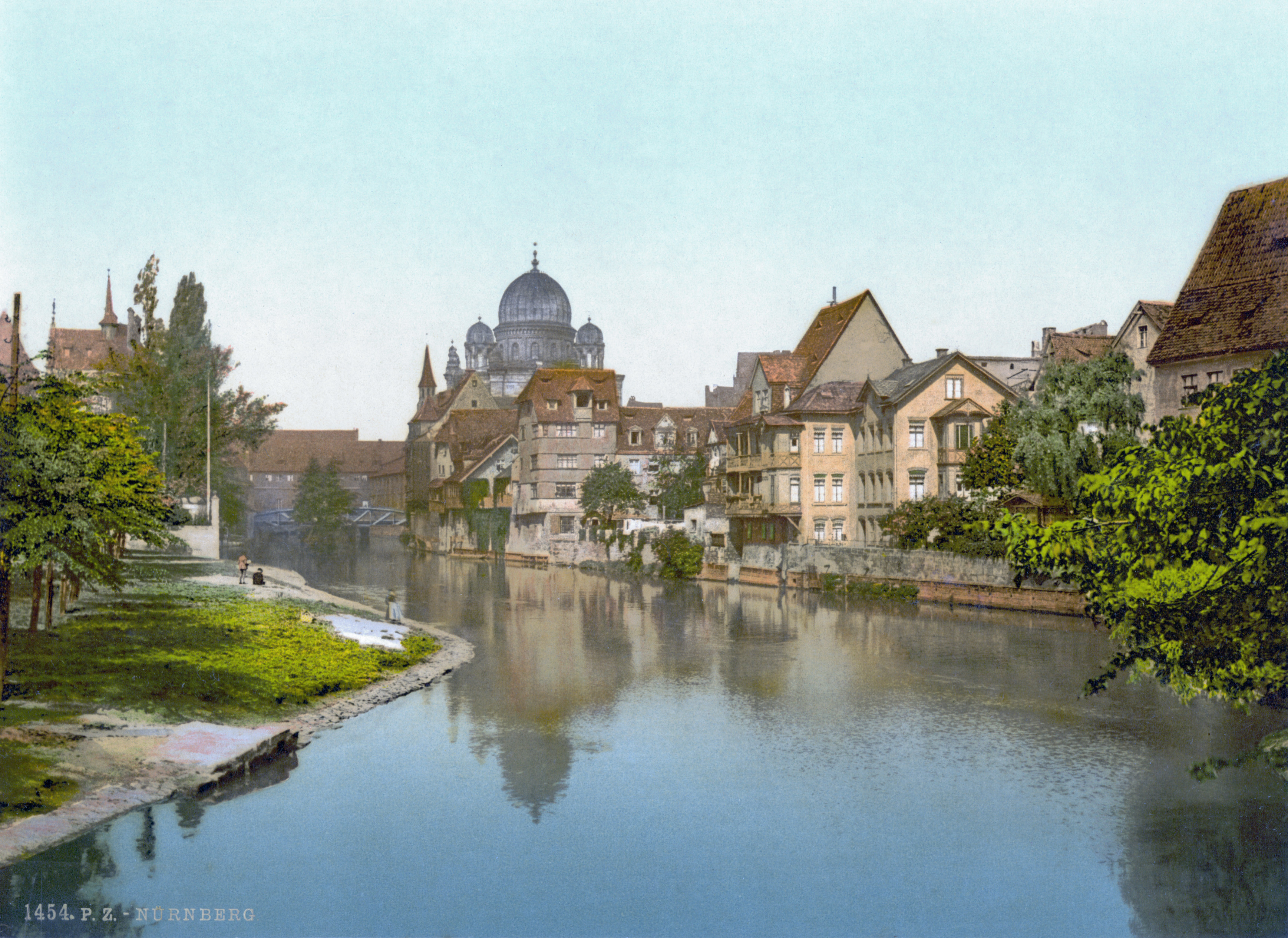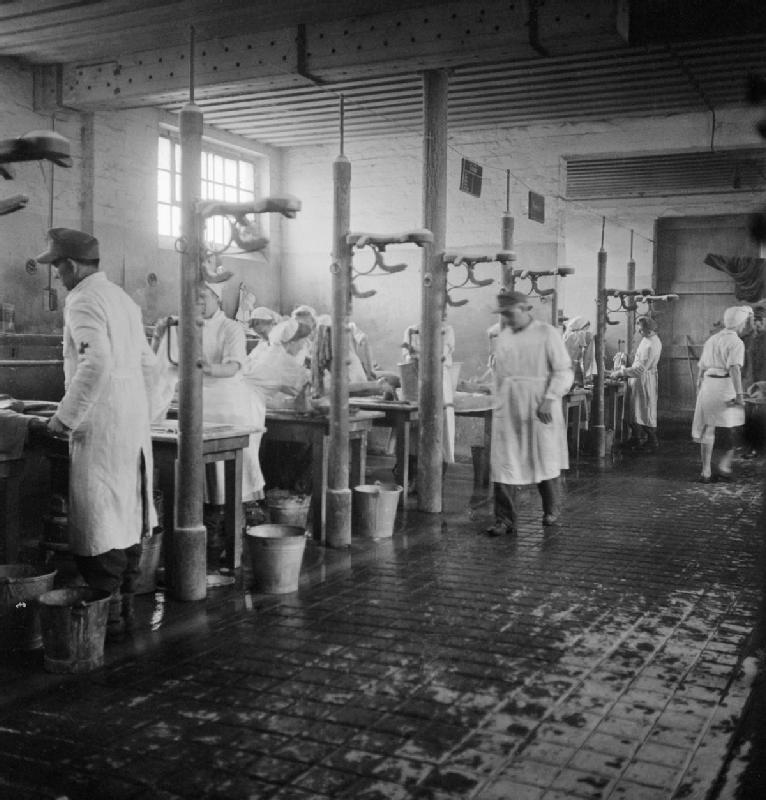|
Igor Newerly
Igor Newerly or Igor Abramow-Newerly (24 March 1903 – 19 October 1987) was a Polish novelist and educator. He was born in Białowieża in 1903 into a mixed Czech-Russian family. His grandfather Józef Newerly, was a Czech people, Czech national, who held a title Łowczy, Master of the Hunt (, ) at the court of Tsar Nicholas II of Russia. Igor Newerly lost one leg as a child. He studied law at Kiev University but he was relegated for political reasons, arrested and sent to Odessa. In 1924 he emigrated illegally to the Second Polish Republic, newly independent Poland and was active in the field of pedagogy in Warsaw. He worked together with the renowned educator Janusz Korczak, and in 1926 became his secretary. From 1932 to 1939 Newerly worked for ''Mały Przegląd'' (''Little Review''). He married Barbara Jarecka. Under the Occupation of Poland (1939–1945), Nazi German occupation of Poland Newerly was a member of the Polish resistance during World War II, Polish resistance. ... [...More Info...] [...Related Items...] OR: [Wikipedia] [Google] [Baidu] |
Holocaust
The Holocaust (), known in Hebrew language, Hebrew as the (), was the genocide of History of the Jews in Europe, European Jews during World War II. From 1941 to 1945, Nazi Germany and Collaboration with Nazi Germany and Fascist Italy, its collaborators systematically murdered some six million Jews across German-occupied Europe, around two-thirds of Europe's Jewish population. The murders were carried out primarily through mass shootings and poison gas in extermination camps, chiefly Auschwitz concentration camp#Auschwitz II-Birkenau, Auschwitz-Birkenau, Treblinka extermination camp, Treblinka, Belzec extermination camp, Belzec, Sobibor extermination camp, Sobibor, and Chełmno extermination camp, Chełmno in Occupation of Poland (1939–1945), occupied Poland. Separate Nazi persecutions killed a similar or larger number of non-Jewish civilians and prisoners of war (POWs); the term ''Holocaust'' is sometimes used to include the murder and persecution of Victims of Nazi ... [...More Info...] [...Related Items...] OR: [Wikipedia] [Google] [Baidu] |
Jerzy Kawalerowicz
Jerzy Franciszek Kawalerowicz (19 January 1922 – 27 December 2007) was a Polish film director, screenwriter and politician, having been a member of Polish United Workers' Party from 1954 until its dissolution in 1990 and a deputy in Polish parliament since 1985 until 1989. Life and career Kawalerowicz was born in Hvizdets, Gwoździec, Poland, as one of the few Poles living in an ethnically-mixed Ukrainian and Jewish town. Kawalerowicz's father's family originated from Armenia, originally having the surname Kavalarian. Jerzy Kawalerowicz was noted for his powerful, detail-oriented imagery and the depth of ideas in his films. After working as an assistant director, he made his directorial debut with the 1951 film ''The Village Mill'' ''(Gromada)''. He was a leading figure in the Polish Film School, and his films ''Shadow (1956 film), Shadow'' (''Cień'', 1956) and ''Night Train (1959 film), Night Train'' (''Pociąg'', 1959) constitute some of that movement's best work. Other no ... [...More Info...] [...Related Items...] OR: [Wikipedia] [Google] [Baidu] |
March Of The Living
The March of the Living (, ; ) is an annual educational program which brings students from around the world to Poland, where they explore the remnants of the Holocaust. On Holocaust Memorial Day observed in the Jewish calendar (), thousands of participants march silently from Auschwitz to Auschwitz II, Birkenau. The March of the Living was founded in 1988, under the leadership of Israeli Likud politician Avraham Hirschson, Abraham Hirchson, Shmuel Rosenman, and Israeli attorney Baruch Adler, a child of a Holocaust survivor who was hidden by one of the Righteous Among the Nations. Adler travelled to Auschwitz-Birkenau in 1986 to set the groundwork for the first March of the Living, and also to search for his mother’s rescuer (but could not make contact until the fall of Communism, after 1989). Speaking about the founding of the March of the Living, Adler paid to tribute to values he learned from his mother and her rescuer. “We believe that our children and grandchildren wil ... [...More Info...] [...Related Items...] OR: [Wikipedia] [Google] [Baidu] |
Bergen Belsen
Bergen-Belsen (), or Belsen, was a Nazi concentration camp in what is today Lower Saxony in northern Germany, southwest of the town of Bergen near Celle. Originally established as a prisoner of war camp, in 1943, parts of it became a concentration camp. Initially this was an "exchange camp", where Jewish hostages were held with the intention of exchanging them for German prisoners of war held overseas. The camp was later expanded to hold Jews from other concentration camps. After 1945, the name was applied to the displaced persons camp established nearby, but it is most commonly associated with the concentration camp. From 1941 to 1945, almost 20,000 Soviet prisoners of war and a further 50,000 inmates died there. Overcrowding, lack of food, and poor sanitary conditions caused outbreaks of typhus, tuberculosis, typhoid fever, and dysentery; leading to the deaths of more than 35,000 people in the first few months of 1945, shortly before and after the liberation. The camp was l ... [...More Info...] [...Related Items...] OR: [Wikipedia] [Google] [Baidu] |
Oranienburg
Oranienburg () is a town in Brandenburg, Germany. It is the capital of the district of Oberhavel. Geography Oranienburg is on the banks of the River Havel, 35 km north of the centre of Berlin. Division of the town Oranienburg consists of nine districts: * Friedrichsthal * Germendorf * Lehnitz * Malz * Oranienburg * Sachsenhausen * Schmachtenhagen * Wensickendorf * Zehlendorf History Originally named Bötzow, the town of Oranienburg dates from the 12th century and was first mentioned in 1216. Margrave Albert the Bear (ruled 1157–1170) allegedly ordered the construction of a castle on the banks of the Havel. Around the castle stood a settlement of traders and craftsmen. In 1646, Friedrich Wilhelm I of Brandenburg married Louise Henriette of Orange-Nassau (German: ''Oranien-Nassau''). She was so attracted by the town of Bötzow that her husband presented the entire region to her. The princess ordered the construction of a new castle in the Dutch style and called it ... [...More Info...] [...Related Items...] OR: [Wikipedia] [Google] [Baidu] |
Auschwitz
Auschwitz, or Oświęcim, was a complex of over 40 concentration and extermination camps operated by Nazi Germany in occupied Poland (in a portion annexed into Germany in 1939) during World War II and the Holocaust. It consisted of Auschwitz I, the main camp (''Stammlager'') in Oświęcim; Auschwitz II-Birkenau, a concentration and extermination camp with gas chambers, Auschwitz III-Monowitz, a labour camp for the chemical conglomerate IG Farben, and dozens of subcamps. The camps became a major site of the Nazis' Final Solution to the Jewish question. After Germany initiated World War II by invading Poland in September 1939, the '' Schutzstaffel'' (SS) converted Auschwitz I, an army barracks, into a prisoner-of-war camp. The initial transport of political detainees to Auschwitz consisted almost solely of Poles (for whom the camp was initially established). For the first two years, the majority of inmates were Polish. In May 1940, German criminals brought to the ... [...More Info...] [...Related Items...] OR: [Wikipedia] [Google] [Baidu] |
Majdanek
Majdanek (or Lublin) was a Nazi concentration and extermination camp built and operated by the SS on the outskirts of the city of Lublin during the German occupation of Poland in World War II. It had three gas chambers, two wooden gallows, and some 227 structures in all, placing it among the largest of Nazi concentration camps. Although initially intended for forced labor rather than extermination, it was used to murder people an estimated 78,000 people during Operation Reinhard, the German plan to murder all Polish Jews within their own occupied homeland. In operation from 1 October 1941 to 22 July 1944, it was captured nearly intact. The rapid advance of the Soviet Red Army during Operation Bagration prevented the SS from destroying most of its infrastructure, and Deputy Camp Commandant Anton Thernes failed to remove the most incriminating evidence of war crimes. The camp was nicknamed Majdanek ("little Majdan") in 1941 by local residents, as it was adjacent to the L ... [...More Info...] [...Related Items...] OR: [Wikipedia] [Google] [Baidu] |
Nazi Concentration Camps
From 1933 to 1945, Nazi Germany operated more than a thousand concentration camps (), including subcamp (SS), subcamps on its own territory and in parts of German-occupied Europe. The first camps were established in March 1933 immediately after Adolf Hitler became Chancellor of Germany. Following the Night of Long Knives, 1934 purge of the Sturmabteilung, SA, the concentration camps were run exclusively by the Schutzstaffel, SS via the Concentration Camps Inspectorate and later the SS Main Economic and Administrative Office. Initially, most prisoners were members of the Communist Party of Germany, but as time went on different groups were arrested, including "habitual criminals", "Black triangle (badge), asocials", and Jews. After the beginning of World War II, people from German-occupied Europe were imprisoned in the concentration camps. About 1.65 million people were registered prisoners in the camps, of whom about Holocaust victims, a million died during their imprisonment. ... [...More Info...] [...Related Items...] OR: [Wikipedia] [Google] [Baidu] |
Inmate
A prisoner, also known as an inmate or detainee, is a person who is deprived of liberty against their will. This can be by confinement or captivity in a prison or physical restraint. The term usually applies to one serving a sentence in prison. English law "Prisoner" is a legal term for a person who is imprisoned. In section 1 of the Prison Security Act 1992, the word "prisoner" means any person for the time being in a prison as a result of any requirement imposed by a court or otherwise that he be detained in legal custody. "Prisoner" was a legal term for a person prosecuted for felony. It was not applicable to a person prosecuted for misdemeanour. The abolition of the distinction between felony and misdemeanour by section 1 of the Criminal Law Act 1967 has rendered this distinction obsolete. Glanville Williams described as "invidious" the practice of using the term "prisoner" in reference to a person who had not been convicted. History The earliest evidence of ... [...More Info...] [...Related Items...] OR: [Wikipedia] [Google] [Baidu] |
Pawiak
Pawiak () was a prison built in 1835 in Warsaw, Congress Poland. During the January 1863 Uprising, it served as a transfer camp for Poles sentenced by Imperial Russia to deportation to Siberia. During the World War II German occupation of Poland, it was used by the Germans, and in 1944 it was destroyed in the Warsaw Uprising. History Pawiak Prison took its name from that of the street on which it stood, ''ulica Pawia'' ( Polish for "Peacock Street"). Pawiak Prison was built in 1829–35 to the design of Enrico Marconi and Fryderyk Florian Skarbek, prison reformer, godfather to composer Frédéric Chopin, and ancestor of Krystyna Skarbek, the first woman to serve Britain as a special agent in the Second World War. During the 19th century, it was under tsarist control as Warsaw was part of the Russian Empire. During that time, it was the main prison of central Poland, where political prisoners and criminals alike were incarcerated. During the January 1863 Uprising ... [...More Info...] [...Related Items...] OR: [Wikipedia] [Google] [Baidu] |







